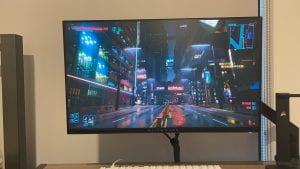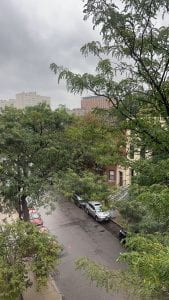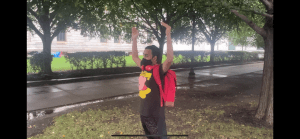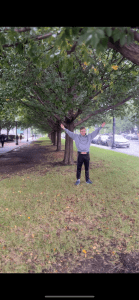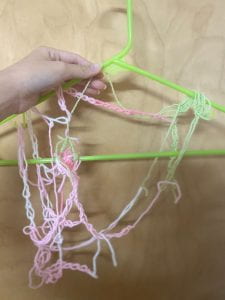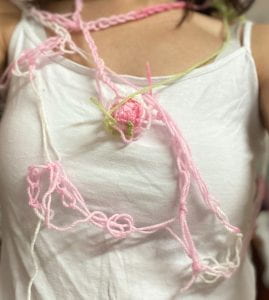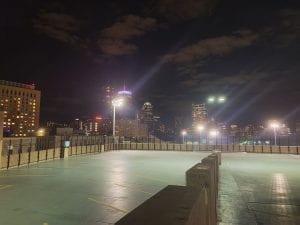I wanted to create a score that could be played in a mutable way by its players. By placing the ‘fun maintenance’ on the players, I think the players become more attached to the game. However, they still needed a starting point, so I designed the Crow and Collector roles to be easily cycled/repeated as many times as necessary.
This game should be played with at least 4 people, each person should roll a d20, if its even they are a Crow, if its odd, they become a Collector. All tasks for a players assigned roll should be completed. Players should take turns rolling a single die. once all players have rolled once, the Creator role should be added in. Once at least one person has become the creator, the eliminator role may be added in.
Current role tasks should be visible to everyone playing (like on a projector or TV).
At any point, if players get ‘soft-locked’, for example: all players become crows and get stuck; the game is over.
Starting Script:
Score A: The Crow
– adorn a feather
– find a shiny item
– bring it to The Collector
– roll for role (d20)
Score B: The Collector
– adorn a pin
– until a Crow delivers an acceptable item to you, find a chair.
– if a crow gives you a shiny item, exchange for a snack
– roll for role (d20)
Score C: The Creator
– read through current roles and instructions
– add or edit only one thing
– roll for role (d20)
Score D: The Eliminator
– read through current roles and instructions
– delete only one thing
– roll for role (d20)
Concluding thoughts:
- This game in design as well as in testing works much better in locations where more than the starting number of players can be added. whether in a classroom or outdoors where more people can ask/be asked to join in, the more fun that this game gets
- I would have liked to add in a rule to the crow roll where if they choose not to give an item to a collector, then they can do something else instead to move on, however I wanted the focus to be on the crows’ loyalty/reliability on the collector to eat. adding the components to include this feature i think would have made the game too complicated
- maybe some rule like “either bring an item to the collector, or [some unenjoyable task], however each person playing can do [unenjoyable task] at most one time”
- however i didn’t get a chance to playtest with this sort of rule
- i feel like it could also be more interesting for the players to sort of “mad-libs” the original task so they feel more inclined/attached to it
- current game design will often end with players all becoming either crows or collectors, while it is technically possible to avoid this, players often do not think of it/realize in time
- One of the biggest issues with the creator role is that players can make rules that don’t make sense. whether it be to bad grammar or intention, this makes the game interesting but not usually in a good way because players don’t know what to do to complete their roles tasks
- game roles/rules should be visible to all players at all times
- because the rules can be modified, players can get confused when things are getting changed and no longer know what to do next
- rerolling needs a queue, otherwise it gets too confusing. One solution is to offer more dice so people can roll at the same time but I think this is worse.
- “What is a thing?” This line for the creator/eliminator is intentionally left vague. As long as the person doing the action can justify it is only one thing, i think it is fine whether they decide to delete a single word, line or even role.
Playtest notes and iteration:
https://docs.google.com/document/d/1_xUxZ0vbn7MoFV5XrkmDfuC-RPPDpOw8ydi4-ICfpLA/edit


